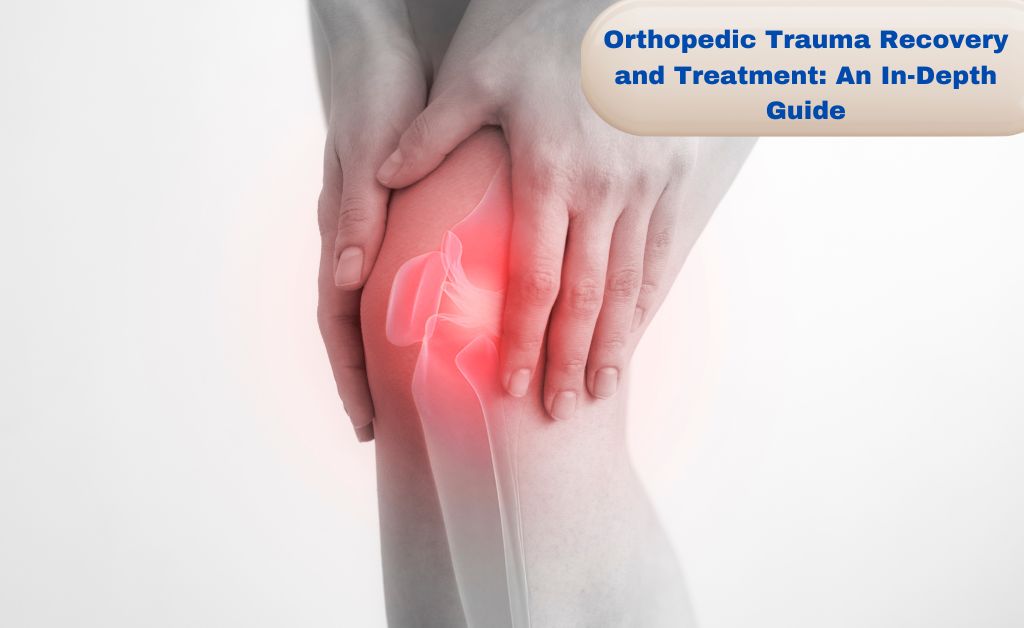Orthopedic trauma encompasses a wide range of injuries to the musculoskeletal system, including fractures, dislocations, and soft tissue damage. These injuries can significantly impact daily life, requiring comprehensive treatment and rehabilitation to ensure a full recovery. This guide delves into the essential aspects of orthopedic trauma recovery and treatment, providing valuable insights for patients and caregivers.
Understanding Orthopedic Trauma
Orthopedic trauma refers to any severe injury affecting bones, joints, or soft tissues such as muscles, ligaments, and tendons. These injuries often result from accidents, falls, sports activities, or violence. Common types of orthopedic trauma include:
- Fractures: Broken bones that may be simple, compound, or comminuted.
- Dislocations: Joints forced out of their normal positions.
- Soft Tissue Injuries: Damage to muscles, ligaments, and tendons.
Initial Response to Orthopedic Trauma
The first step in managing orthopedic trauma is prompt and appropriate medical intervention. Key initial response steps include:
- Assessment: Immediate evaluation by medical professionals to determine the severity and extent of the injury.
- Stabilization: Immobilization of the affected area to prevent further damage.
- Pain Management: Administration of pain relief medications to alleviate discomfort.
- Imaging: Use of X-rays, CT scans, or MRIs to obtain detailed images of the injury.
Treatment Options for Orthopedic Trauma
The treatment of orthopedic trauma varies depending on the type and severity of the injury. Common treatment modalities include:
Non-Surgical Treatments
- Casting and Splinting: Immobilization devices to support and protect the injured area.
- Physical Therapy: Rehabilitation exercises to restore strength, flexibility, and range of motion.
- Medication: Pain relievers and anti-inflammatory drugs to manage symptoms.
Surgical Treatments
- Internal Fixation: Use of metal plates, screws, or rods to stabilize broken bones.
- External Fixation: External devices to hold bones in place during healing.
- Joint Reconstruction: Surgical repair or replacement of damaged joints.
- Soft Tissue Repair: Surgery to mend torn ligaments, tendons, or muscles.
Rehabilitation and Recovery
Effective rehabilitation is crucial for regaining function and preventing long-term complications. The recovery process typically involves:
Physical Therapy
- Strength Training: Exercises to rebuild muscle strength and endurance.
- Flexibility Exercises: Stretching routines to enhance joint mobility.
- Balance Training: Activities to improve coordination and prevent falls.
Occupational Therapy
- Daily Living Skills: Techniques to assist with everyday tasks and improve independence.
- Adaptive Equipment: Tools to facilitate activities of daily living during recovery.
Psychological Support
- Counseling: Emotional support to cope with the trauma and recovery process.
- Support Groups: Peer support from others who have experienced similar injuries.
Tips for a Successful Recovery
- Follow Medical Advice: Adhere to your healthcare provider’s instructions for treatment and rehabilitation.
- Stay Active: Engage in approved physical activities to promote healing and prevent stiffness.
- Healthy Diet: Maintain a balanced diet rich in nutrients to support bone and tissue repair.
- Rest and Relaxation: Allow your body adequate time to heal and recover.
Conclusion
Orthopedic trauma can be a life-altering experience, but with the right treatment and rehabilitation strategies, patients can achieve a successful recovery. By understanding the nature of orthopedic injuries, exploring various treatment options, and committing to a structured rehabilitation plan, individuals can regain their mobility, strength, and overall quality of life. If you or a loved one has experienced orthopedic trauma, consult with a specialized healthcare provider to develop a personalized recovery plan tailored to your specific needs.

